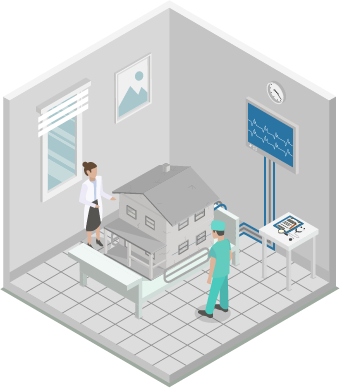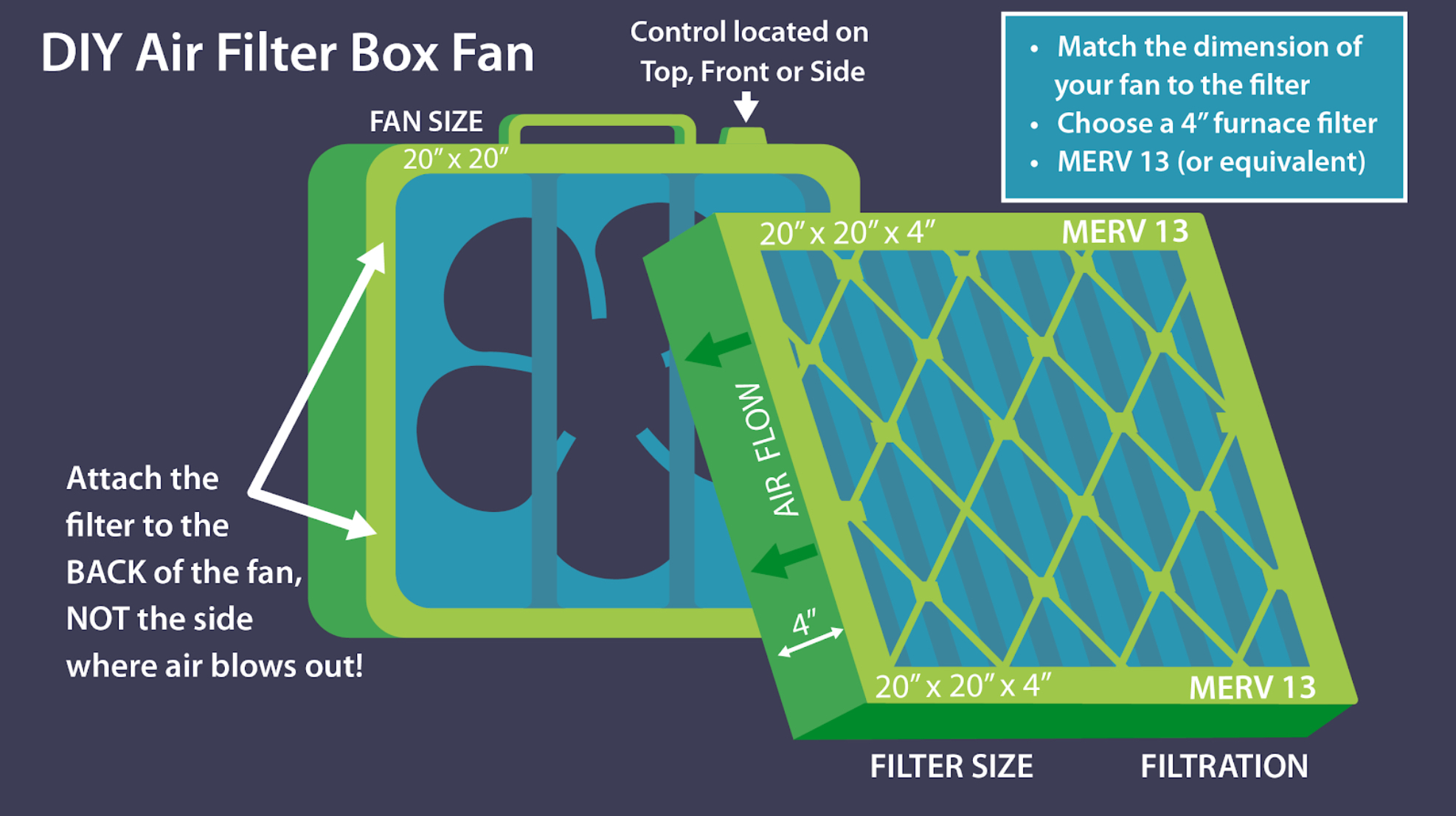Edited: November 7, 2019
While some green plants may help you breathe easier by making your space a little cheerier, they do nothing to mitigate poor air quality and the unintended side effects of some energy-efficient homes like reduced airflow and ventilation. “Tight homes” mean that the toxic chemicals in your cleaning products, laundry detergents, air freshener, as well as other pollutants all stay trapped inside your home. Add in items like furniture, carpeting, vinyl flooring, and synthetic building materials all of which can off-gas chemicals and your house can quickly become more polluted indoors than you think!
While in very large quantities (10-10,000 per sq meter according to researchers), with the right potting medium, and very small, and in enclosed spaces with minimal airflow, plants could theoretically absorb a few harmful toxins from the air including formaldehyde, xylene, toluene, benzene, and carbon monoxide, this is unlikely to describe your living space. Houseplants, even in large quantities, don’t have anything close to the horsepower of a mechanical ventilation system or an air purifier.
However plants provide natural and inexpensive decor and may even improve your mood and productivity, enhance concentration, and reduce stress, so they have benefits!
Which indoor plants are best? There are lots of options for houseplants, so you will have to do a little legwork to figure out which will thrive in your home by understanding your indoor environment (warm/cool, sunny/shady, humid/dry) and how much attention you want to give them.
Here are 9 indoor plants that have at least a minimal ability to “clean” the air – but mostly they just look nice and are easy to care for:
- Aloe Vera
- Bamboo
- Boston Fern
- Dracaenas
- English Ivy
- Peace Lily
- Rubber Plant
- Snake Plant
- Spider Plant
Chrysanthemums, Devil’s Ivy (Golden Pothos), Areca Palms, and Chinese evergreen are also good choices.
Two Cautions:
- Many plants are toxic to cats and dogs – so if you have pets that are prone to nibble at leaves, be sure to choose non-toxic options. (the ASPCA has an excellent online resource, click here)
- Indoor plants can also affect humidity and promote mold growth. Don’t over water and make sure water drains into a pan or tray where it can be removed easily. Covering the top of the soil with Spanish moss or aquarium gravel can also help minimize mold. For more tips, read our blog here on avoiding mold growth.
While we love houseplants — they WILL NOT remove toxins from your indoor air. Make sure your home is properly ventilated and switch to non-toxic, fragrance-free cleaning and laundry products and skipping any and all air fresheners – it is the best way to reduce your home’s indoor chemical load and your family’s exposure!
Hayward Score helps you discover how your home may be impacting your health in minutes – – for FREE!
Answer a quick set of questions then get a personalized list of action items. Transform your home and health today!

ARE YOU CONCERNED YOUR HOME IS MAKING YOU SICK?
Our guide on indoor quality will help you diagnose possible issues and implement intelligent solutions to improve the quality of the air inside your home.















